South Bank at Quarry Trails
- 94 units available
- Studio • 1 bed • 2 bed • 3 bed
- Amenities
In unit laundry, Patio / balcony, Granite counters, Pet friendly, Stainless steel, Walk in closets + more

Have you ever felt drawn to the charm and character of antique treasures? Or are you just looking for some great, unique items to fill your apartment with? If so, you're not alone! Antiquing is an exciting adventure, but for many beginners, it can feel intimidating.
This guide is your map to navigate the world of antiques with confidence and joy. Whether you're drawn to elegant Art Deco pieces, cozy Victorian trinkets, or quirky mid-century finds, we'll equip you with the knowledge and practical tips to embark on your collecting journey. So, dust off your curiosity, open your mind to the whispers of history, and let's discover the magic of antiquing together!
A growing number of people, especially apartment dwellers, are venturing into these antique shops. Why? In part because more and more renters are settling down in one place. With that settling comes a desire for longer-lasting furniture pieces, ideally at an affordable price. In an age of fleeting trends and planned obsolescence, antiques are a safe bet in the longevity of an object.
Also the sustainability and environmental consciousness of the younger generation finds resonance in the world of antiques. Owning a pre-loved object reduces reliance on new production, minimizing waste and environmental impact.
While antique pieces can be quite expensive, you may also be able to snag a deal on a great, long-lasting piece of furniture or decor. In our other guides, we recommend that budget and first-time apartment shoppers check out antique stores, particularly for used furniture deals.
Finally, but perhaps most importantly, owning an antique is like holding a piece of history, connecting us to the stories and lives of those who came before.
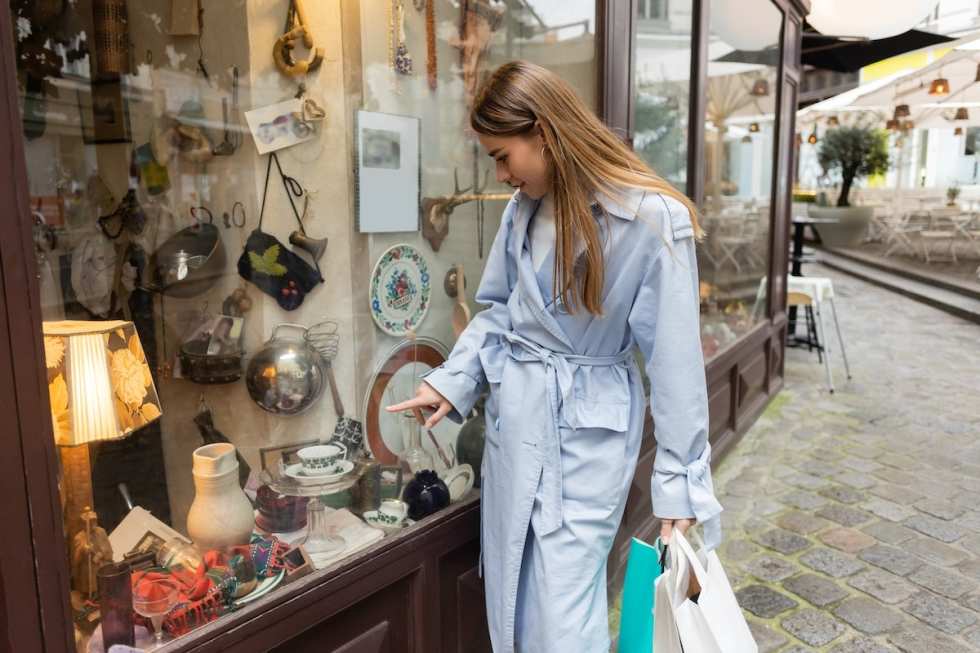
While perceptions may vary, the widely accepted standard is that an object reaches its antique status at the 100-year mark. However, in many cases, antiques often possess additional qualities that elevate them beyond mere chronology. They represent craftsmanship and quality, built to last in an era where planned obsolescence wasn't the norm.
Antiques typically meet specific age criteria (often exceeding 100 years) and hold intrinsic value due to their rarity, materials, and cultural significance. Antiquing involves seeking these curated pieces, often in specialized shops, with the intention of collecting, preserving, and potentially appreciating in value.
Thrifting, on the other hand, focuses on bargains and practicality. Here, you'll find a wider range of items, from gently used clothing to everyday household goods, at significantly lower prices. The motivation often stems from sustainability, cost-consciousness, and finding unique items for everyday use. While treasures can be unearthed, the emphasis lies on practicality and affordability, not necessarily age or intrinsic value.
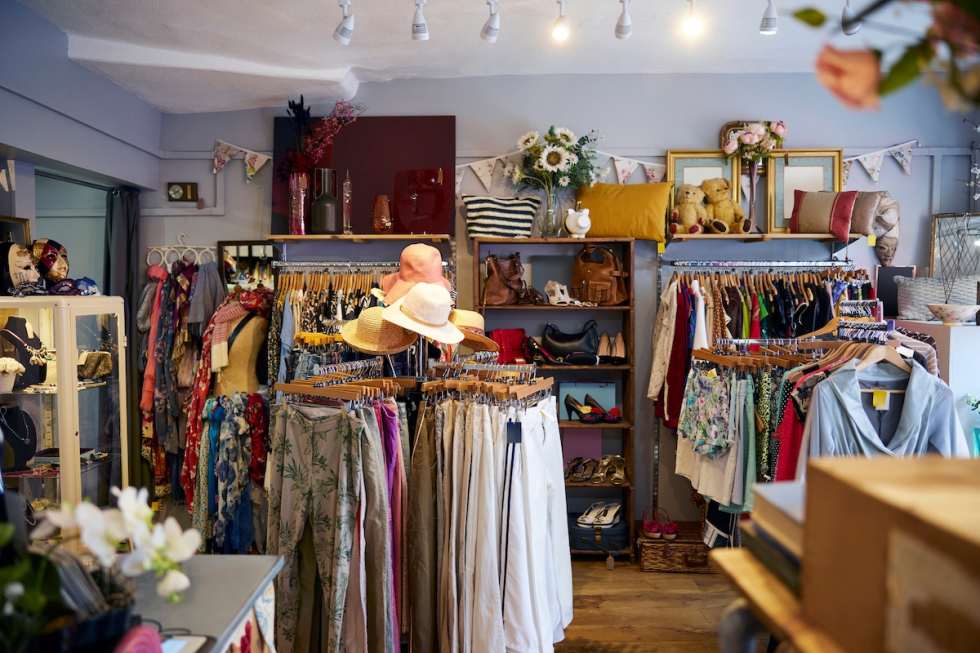
This section is your map to unearthing the secrets of antique shops, flea markets, and online havens. We'll equip you with essential tips on finding your style, identifying genuine pieces, and striking the perfect deal.
When it comes to antiquing well, mindset is key. Antiquing isn't just about filling your apartment with museum-worthy pieces; it's about the thrill of the hunt and the joy of discovering unique treasures. Instead of feeling pressured to impress, explore different styles and periods to see what resonates with you.
Remember, your collection is a reflection of you, so embrace the journey of discovery and let your personal aesthetic unfold naturally.
When it comes to antiquing, shopping around is the name of the game. There’s no reason to make a road trip on day one, though! Embark on your journey by exploring your own backyard. Look for antique stores and flea markets in your vicinity.
Once you’ve identified your favorite local spots, venturing beyond your immediate surroundings opens doors to diverse treasures. Utilize online resources like antique store finder websites and social media groups to discover shops across the country, specializing in specific periods, styles, or even niche collections. Consider planning road trips or weekend getaways to explore antique havens in nearby towns or states, turning your treasure hunt into a mini-adventure.
Finally, don't limit yourself to traditional antique stores! Explore the possibilities of vintage clothing boutiques, estate sales, and auctions. Each offers unique experiences and potential finds.
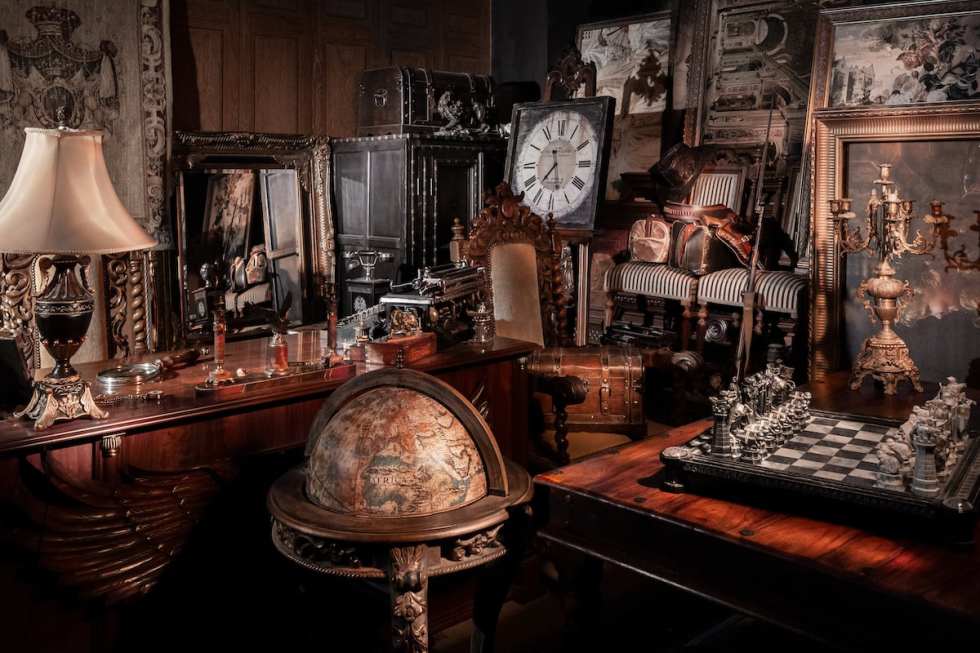
When you're first starting out, it's a good idea to opt for beginner-friendly items like costume jewelry, postcards, or small furniture. This allows you to practice identification skills, experiment with negotiation, and get comfortable with the atmosphere without risking significant investment.
As you learn more, revel in the thrill of discovery, whether it's a hidden gem tucked away in a forgotten corner or the fascinating stories shared by seasoned collectors. Visit diverse shops, flea markets, and online platforms to keep your treasure hunt dynamic and expose yourself to a variety of styles and periods.
Knowledge is power! Attend talks, workshops, or join clubs to learn from experienced collectors and dealers. Don't hesitate to ask questions, participate in discussions, and build relationships with those who share your passion. Their insights and guidance will empower you to navigate the world of antiques with confidence.
As you delve deeper into the world of antiques, honing your knowledge and developing informed buying strategies becomes crucial. This section equips you with the essential skills to transform from a curious novice into a savvy collector.
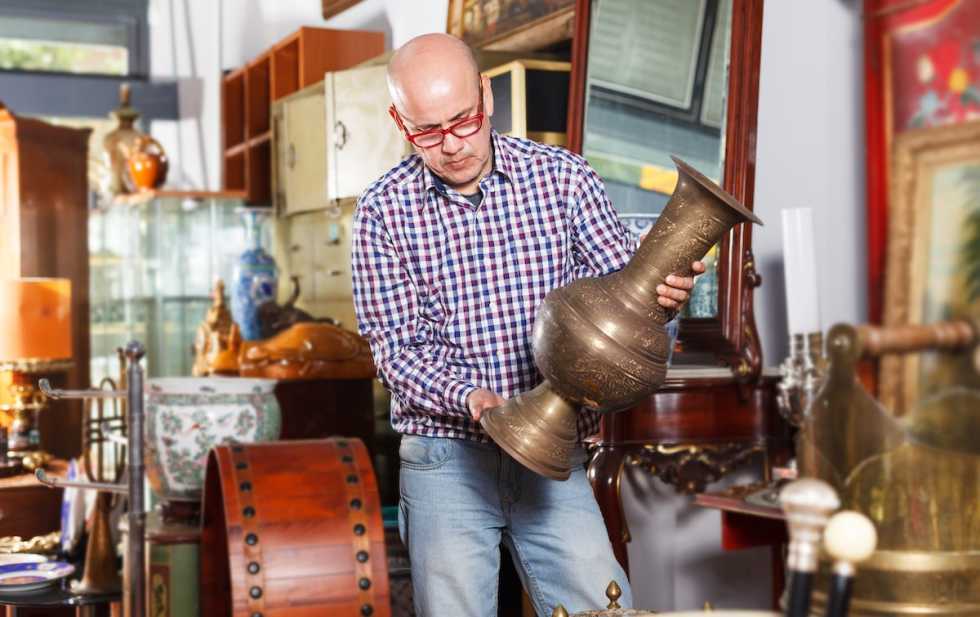
Once you’ve stretched your legs as an antique buyer, you can start developing your identity as a collector by cultivating a sense of style. Here’s what you need to do to get started.
The journey to discovering your unique collecting style begins with curiosity and exploration. Dive into the history of the objects that capture your heart. Delve into online resources, historical texts, and museums to understand the trends, eras, and styles that resonate with you. Learn the names of these styles, artists, and periods – knowledge becomes your compass, guiding you towards treasures that truly align with your vision.
Remember, collecting is not about amassing; it's about curating. Resist the urge to fill every empty space with random finds. Instead, cultivate a cohesive collection that reflects your personal aesthetic and narrative. Imagine your collection as a story you're telling through objects – each piece should contribute to the overall theme and atmosphere you wish to create.
Every great collection needs a foundation. Identify "anchor pieces" that define your style and serve as focal points. This could be a stunning armchair, a whimsical vintage camera, or a collection of mismatched antique teacups. These anchor pieces set the tone and guide your further acquisitions, ensuring a harmonious and purposeful collection.
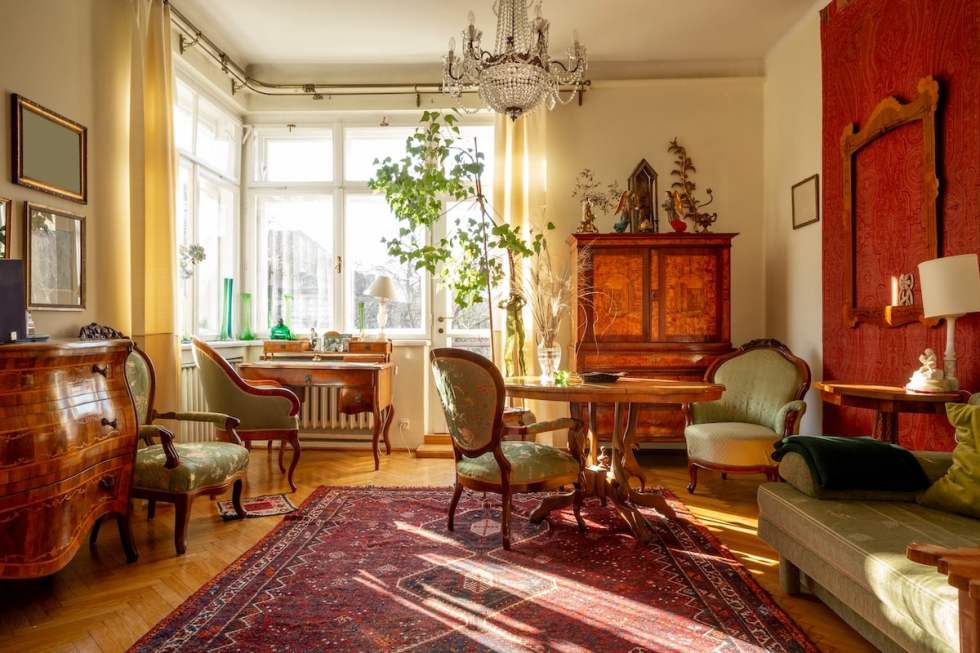
Think outside the antique box! Don't limit yourself to traditional furniture and porcelain. Consider unconventional collections with unique themes that reflect your personality. Perhaps you're drawn to the quirky charm of vintage kitchen gadgets, the colorful allure of travel souvenirs from different eras, or the industrial-chic appeal of salvaged architectural elements. These unexpected collections add personality and spark conversation, making your space truly your own.
If you are looking for more than just antiques and collectibles, check out our great tool for matching you with an apartment in your ideal location, budget, and the amenities you want!
Technically, an item isn't considered antique until it reaches 100 years old. So, a 50-year-old piece falls under the category of "vintage." However, the lines can blur slightly depending on context and perception. Some collectors might use "vintage" for items as young as 20 years old, while others might extend the "antique" label to particularly valuable or historically significant pieces under 100 years old.
Ultimately, age is just one factor – style, rarity, and cultural significance also contribute to how an item is perceived and categorized.
Antiquing as a sole source of income is challenging and unpredictable. While valuable finds and profitable deals do exist, they require extensive knowledge, experience, and a keen eye. Most serious collectors view antiquing as a passion project or investment, enjoying the thrill of the hunt and the potential for future appreciation. Remember, the true "profit" can lie in the joy of discovery, the stories unearthed, and the unique collection you curate.

In unit laundry, Patio / balcony, Granite counters, Pet friendly, Stainless steel, Walk in closets + more
In unit laundry, Granite counters, Hardwood floors, Dishwasher, Pet friendly, 24hr maintenance + more